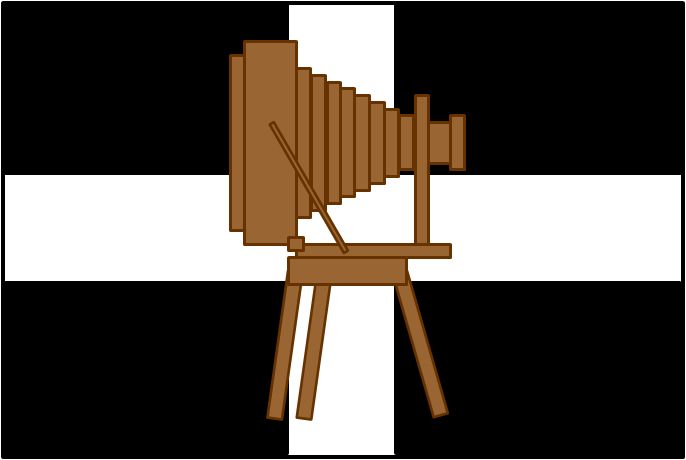Photographs taken 2004
The village of St.Cleer has two good pubs (always a good excuse for a walk or a meal!), a Post Office & General Store/Newsagents opposite the fine parish church, and an excellent Farm Shop for local food, the best pasties, and tasty culinary gifts. Down just past the church can also be seen the old St.Cleer's Well (see below). The church itself is dedicated to St.Clarus, and dates back to Norman times, but the majority was built during the thirteenth and fifteenth centuries.

View of St.Cleer over the fields from King Doniert's Stone
The name of St.Cleer has been previously traced back to St.Clare of Assisi, who was consecrated by St.Francis, but the origin is in fact St.Clarus, who sanctified the Well (St.Cleer's Well) and Cross that can be found down the lane to Tremar Coombe. The village of St.Cleer Churchtown (as it was once called), has been described as "a sleepy little place whose ancient Market House is a reminder of its former prosperity." (W.MacArthur, in his book The River Fowey).
That former prosperity was as a result of the mining boom in this part of Cornwall, during the second half of the nineteenth century, when Captain James Clymo, his son Peter Clymo, and the brothers Thomas and Richard Kittow, discovered rich lodes of copper around Caradon Hill in 1836. The population of St.Cleer rose from 600 in 1840 to 4000 by 1860. The Liskeard & Caradon Railway was built between 1844 and 1846, and this ran through the bottom of St.Cleer. By 1890, the price of copper ore had crashed due to cheaper foreign competition, the 50 year boom was over, and all the mines were either closed or closing down. It was during this time that St.Cleer became known as "Hell up by Liskeard", due to the somewhat poor social conditions, excessive drinking and immorality, that resulted from this sudden increase in the mining population. By 1901, the population of St.Cleer had decreased again to half what it was at the height of the mining boom.
St.Cleer, at the start of the twenty-first century, is now a very pleasant and well-ordered village!

St.Cleer church of St.Clarus

St.Cleer church from the eastern end

St.Cleer church and prominent tower
The nearby St.Cleer's Well, over the site of a natural spring, has a 15th century baptistry over it, and is reputed to have the ability to cure sufferers of rickets and epilepsy. The is a Latin Cross (not Celtic) by the side of it. It was restored in 1864, and is sited down the lane to Tremar Coombe, just past the church.





Connect with us, Like us and Follow us on Facebook!
PhotoFile Cornwall supports CoaST and Sustainable Tourism